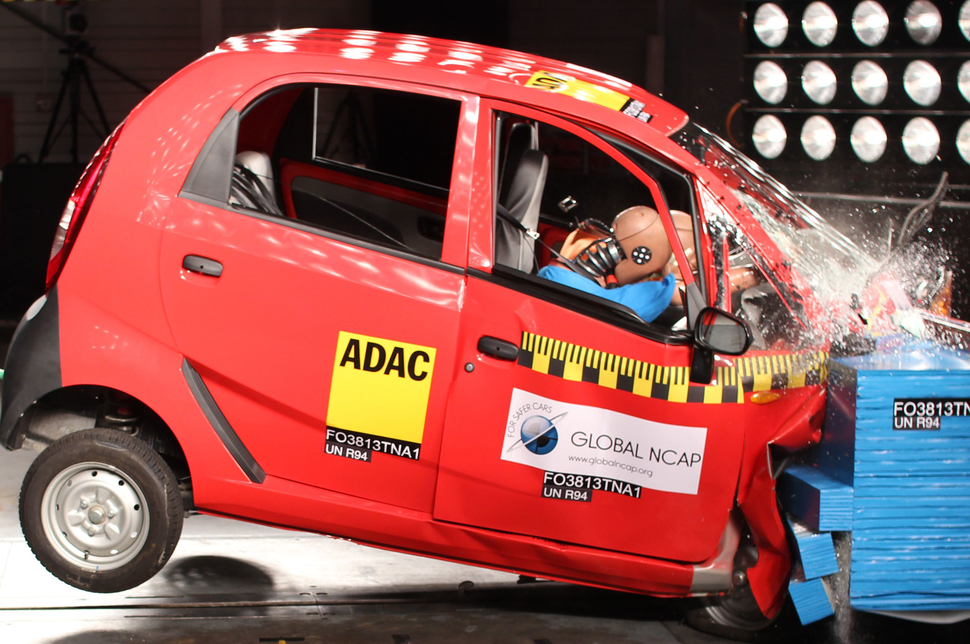Are frugal innovations inclusive, efficient and responsible enough to become an active part of society? This notion is reiterated every time a new ‘cheap’ innovation is introduced to the market. The essence of frugal innovation has been phrased quite accurately by Navi Radjou & Jaideep Prabhu in their book “Frugal Innovation is the ability to ‘do more with less’”; that is to create significantly more business and social value while minimizing the use of diminishing resources such as energy, capital and time.” It has the qualitative freedom of taking place anywhere, anyhow and at any time. Whether it is the product of stripping existing technology or re-creating technology using new materials, it ‘creatively adapts local technology where top-of-the-range is out of reach.’(WIRED) Based on these accounts of the true meaning of frugal innovation, this column will question the verity of innovations in their attempt to become frugal.
The most essential frugal innovations often take place in third-world countries where basic needs are met in affordable and responsible ways. In this innovation process, designers are confronted with moral dilemmas concerning the responsibility, safety, and efficiency of their innovation. An example of this is the TATA NANO car in India, which was designed and promoted as the cheapest car on the market in India. However the low production costs did not evolve without additional social costs, furthermore almost every positive aspect had a negative connation to it. Low production costs and inclusiveness by producing it in India created job opportunities while keeping the price at a low rate, yet in turn this created the perfect scenario for large companies to exploit the market. It was introduced as a frugal way of combining the safety of a car and the price of a scooter, which in the end led to budget cuts in vital safety requirements for the vehicle, quickly diminishing its original purpose.
What we see in the previous example and in many others is that when one element of the innovation outweighs the other, the creation is off balance which will eventually lead to its downfall. The TATA NANO car, after dramatically failing a safety test, was assumed unqualified to enter the market seeing as the focus on inclusiveness and efficiency outweighed the matters of responsibility and safety. Same goes for the ‘Fairphone’ which at first seems like a great piece of technology, responsible in use, ability to change every part of it reducing E-waste, and complete high tech. However when the price starts at a staggering 525 euros, it becomes difficult to place this innovative technology in the list with frugal innovations.
These examples identify the difficulty that innovators face when trying to create a frugal innovation, one that allows everyone in society to benefit, takes into account both the present and future in regards to the environment, and is fostered by the combination of older technologies with new innovative ways of thinking. When an innovation becomes frugal by means of all previous mentioned elements, it will automatically find its place in society.

